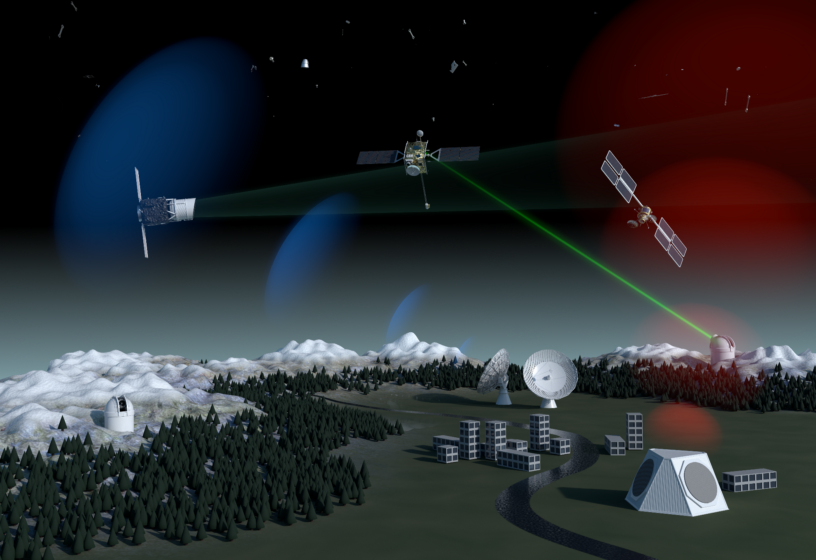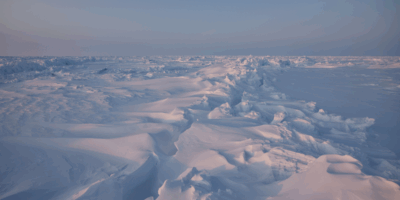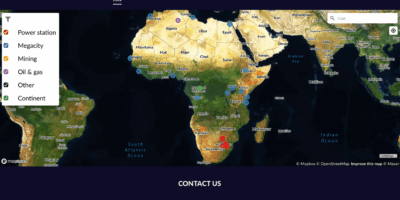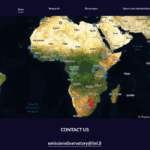Space has become part of the everyday lives of all citizens. The generalisation of satellite activities will bring many benefits, but it has also led to congestion in outer space – this exposes space-dependent societies to new kinds of risks. “The National Space Situational Awareness Centre would be a good way to anticipate space-related risks,” says Professor Ari-Matti Harri from the Finnish Meteorological Institute.
The Earth’s orbits are congested: According to the statistics of the European Space Agency ESALink to an external website, the total mass of space objects placed in orbit by people is approximately 11,000 tonnes: at the moment, there are more than 10,000 satellites in outer space, but the amount of space debris is also growing. The increase in the number of space objects significantly increases the risk of collisions between satellites, which is why monitoring satellite traffic is seen as increasingly important for the functioning of society.
FSSAC – 24-hour information and official service
Finland is currently discussing the establishment of a national Finnish Space Situational Awareness Centre (FSSAC). “The purpose of the FSSAC would be to provide information and official services around the clock. As a result of the FSSAC, Finland would have the capability to understand and assess the harm and danger arising from space and to share space situational awareness information with relevant actors,” Harri commented.
In early this year, a steering group appointed by the Ministry of Transport and Communications published a national study to assess the need for a Space Situational Awareness Centre as follows: “The establishment of the Space Situational Awareness Centre would promote (…) Finland’s comprehensive security objectives, such as national crisis resilience, maintenance of critical infrastructure, security of supply and cyber security.”
“As a result of the National Space Situational Awareness Centre, Finland would have the capability to assess the harm and danger caused by space”
Space situational awareness is realised as a result of global cooperation
Harri emphasises that the task of the National Space Situational Awareness Centre is to produce space situational awareness as international partners, such as the European EU SST and the US USSPACECOM. “No European country alone can produce a comprehensive situational awareness of the state of outer space – the space situational awareness is realised as a result of global cooperation. States, on the other hand, are responsible for ensuring the provision of space situational awareness data to national actors.”
Last autumn, under the leadership of the Finnish Meteorological Institute – partnered by the National Land Survey of Finland – Finland joined the European Union Space Surveillance Organisation (EU SST), which combines the international observation capabilities of 15 Member States and maintains real-time situational awareness of the situation in outer space. Finland contributes to the EU SST network by participating in forming situational awareness and distributing observation data received by the Metsähovi Geodetic Research StationLink to an external website to other EU SST Member States.
READ FULL ARTICLE in SpaceFinland website
Source and credits: SpaceFinland








Leave a Reply
You must be logged in to post a comment.